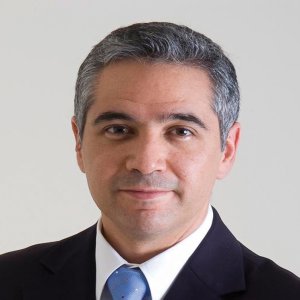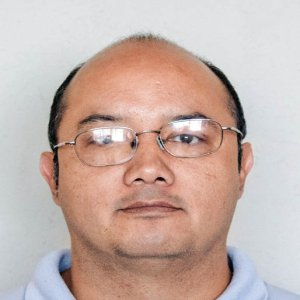Local Suppliers Anchor Seat Maker's Mexican Growth

STORY INLINE POST
Q: What role has Mexico come to play in Tachi-S’ global operations as the company increasingly looks for growth opportunities outside the Asia-Pacific region?
A: Traditional production sites have certainly shifted in recent years, and we now have a strong focus on markets like Mexico and Brazil. For Tachi-S, Japan has long been our main market and our main manufacturing site. 2013 marked the first year that Tachi-S produced more outside of Japan than inside the country, which shows how much the situation has evolved. Mexico is playing a big role in this evolution and is on track to become Tachi-S’ biggest manufacturing site outside of Japan. We are opening two new plants, which will see us double in size, growing from our current 2,200 employees to almost 5,000. Tachi-S Mexico has traditionally been a maker of automotive seat set assembly and a Tier 1 supplier of seating systems, but we are diversifying our business model. We are now aiming to increase our Tier 2 presence to provide connected products like seat covers and headrests.
Q: Tachi-S sources 80% of materials locally. How did you put such a successful local supplier base in place?
A: My first job at Tachi-S 22 years ago was as Purchasing Manager. At that time, we sourced absolutely everything from Japan but we gradually started looking for more and more localization opportunities. Today, we have reached a level of 80% locally sourced content at the Tier 2 level. This level decreases as you go down the supply chain, and by Tier 5, only around 55% of the supply is locally sourced. The deeper you go, the more and more difficult it becomes to source locally, especially when it comes to raw materials or chemicals. That means that we have to continue working hard to develop local suppliers and to grow our current relationships. We have been able to convince some foreign companies to come to set up operations in Aguascalientes. The more content you can source locally, the more opportunities exist to maximize the benefits of the NAFTA free trade agreement. In consequence, OEMs see our high levels of locally sourced materials as a real benefit. With more and more companies establishing themselves in Mexico in the coming years, we will find it increasingly easy to find local suppliers. I foresee us being able to get upwards of 80% local content, even at the Tier 5 level. I am certain that companies that were hesitant to come to Mexico in the past, such as chemical companies, will now invest in the country as a result of the automotive boom.
Q: Tachi-S entered Mexico through a JV with Nissan. How challenging has it been to gain new clients outside the traditional Japanese OEM-supplier model?
A: We did start off as a joint venture, but when internal changes took place within Nissan, Tachi-S took over all operations to become Tachi-S Mexico. We then began searching for new clients, although our natural clients are the Japanese OEMs. We already had good connections to them, and companies like Mazda and Toyota brought us a steady flow of opportunities. We are not limiting ourselves to the Japanese market as we are in touch with OEMs that may be coming into Mexico such as Mercedes-Benz. We are actually being approached by clients as they need good local suppliers, and they have heard about us and our experience.
Q: What opportunities do you see for growth in the premium segment?
A: One of our major goals is to move from producing traditional systems to luxury brand quality systems. We are shifting in this way right now. We foresee an influx of more luxury brands, like Mercedes-Benz and Infiniti, and we want to be ready for that. Tachi-S already has these processes in place in Japan and based on this experience, we have a good chance to secure this kind of business in Mexico.
Q: To what extent are local and federal authorities effectively supporting the automotive industry?
A: The government of Aguascalientes has provided support with the cost of training young local talent and have helped us find the right land to expand our operations. Every state is offering different incentives. At the federal level, our biggest concern is the implementation of the new taxation regulations, which result in additional costs for companies like us. These measures may force companies to look for ways to reduce costs, but there are only two ways to do this: pass the cost on to the customers or reduce the employee base. We cannot take the first option, but we also do not want to affect our labor force. Unions must be flexible so that we can share the impact of the taxation changes.



















